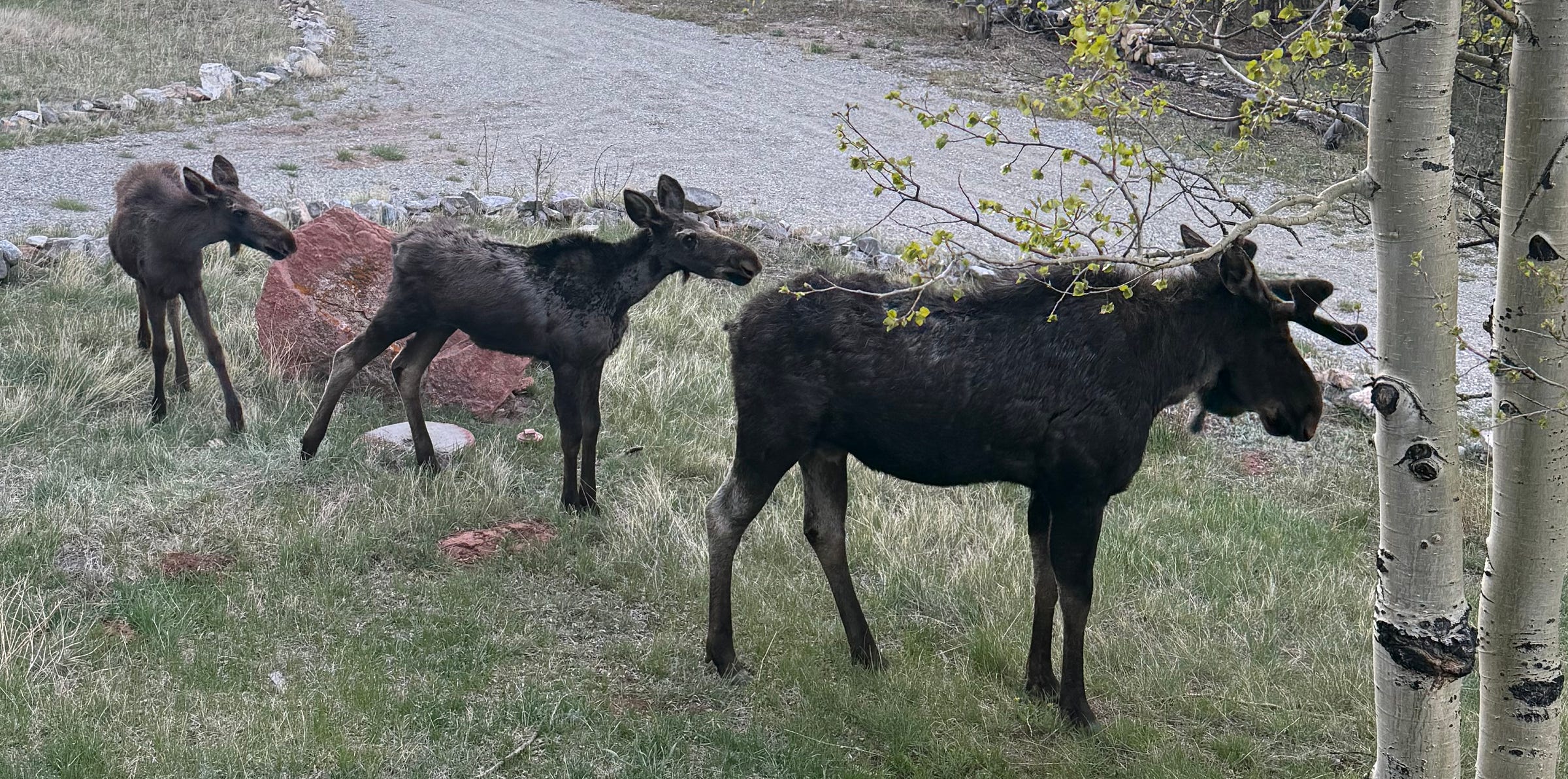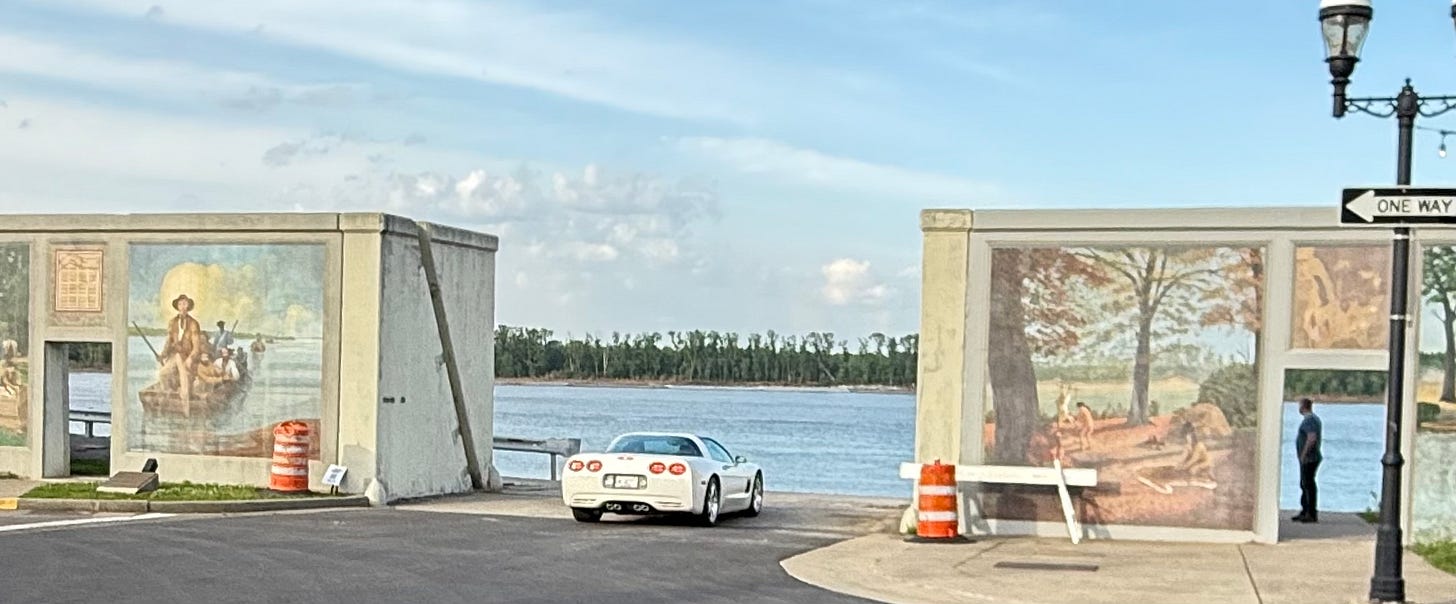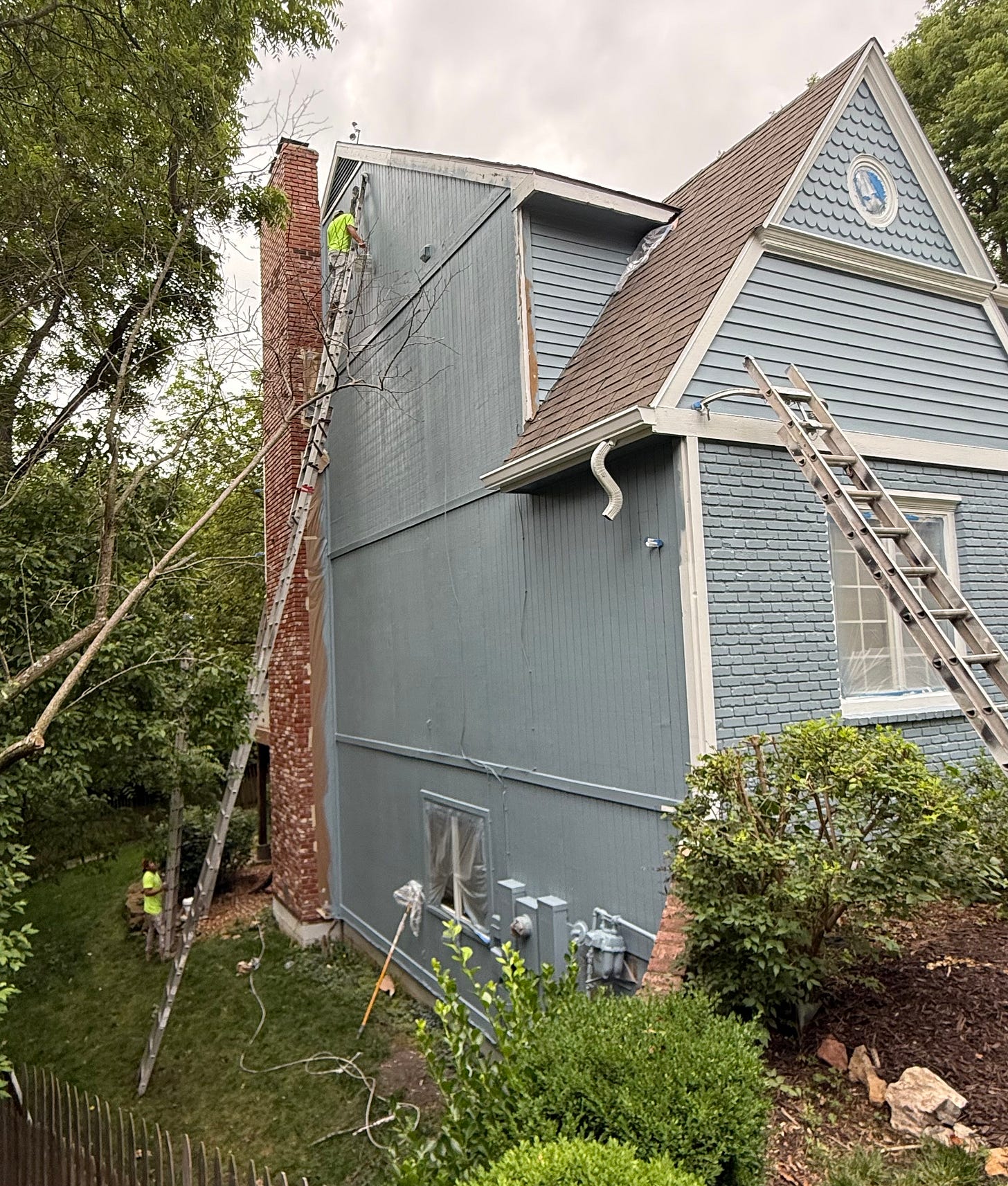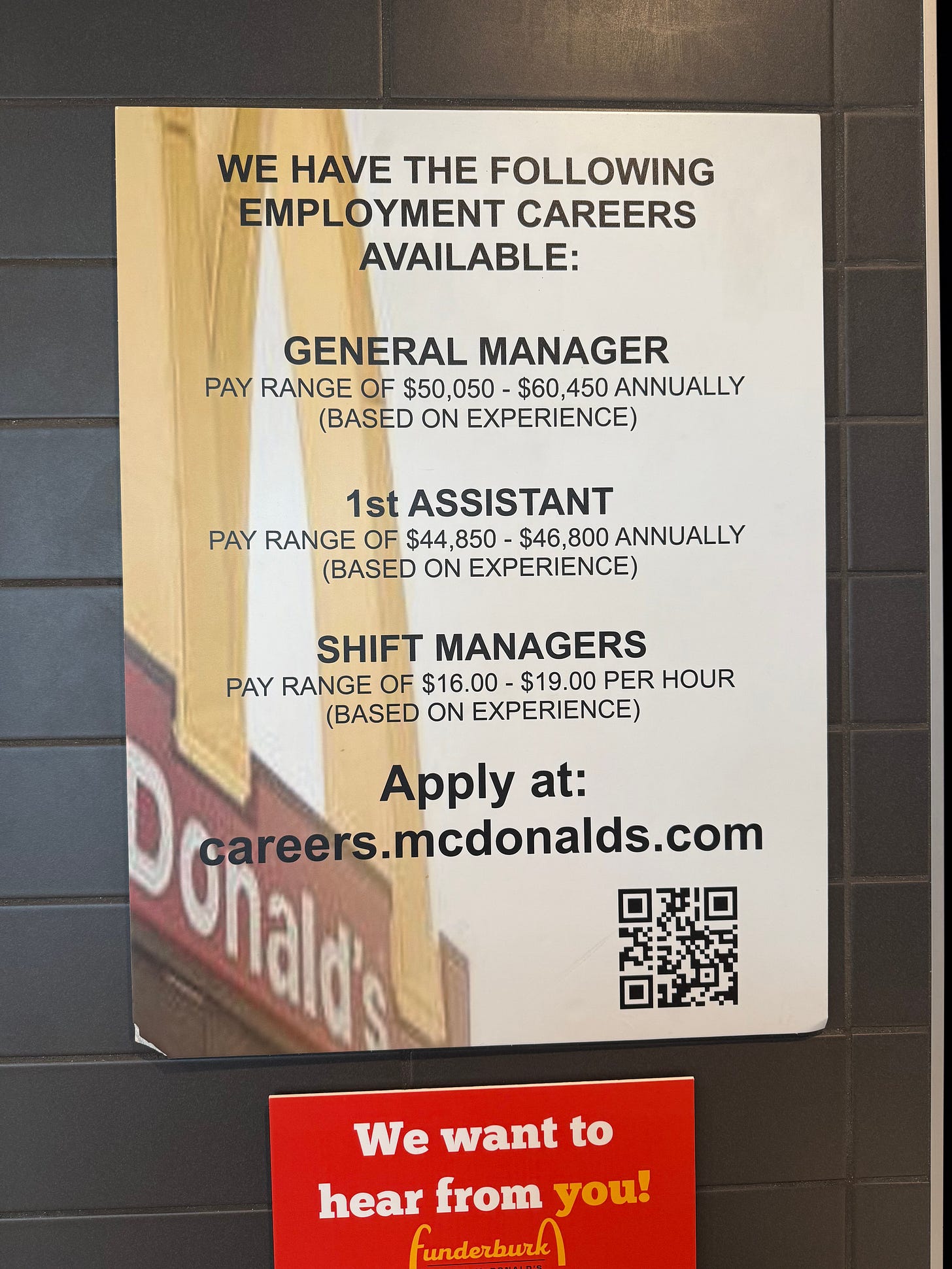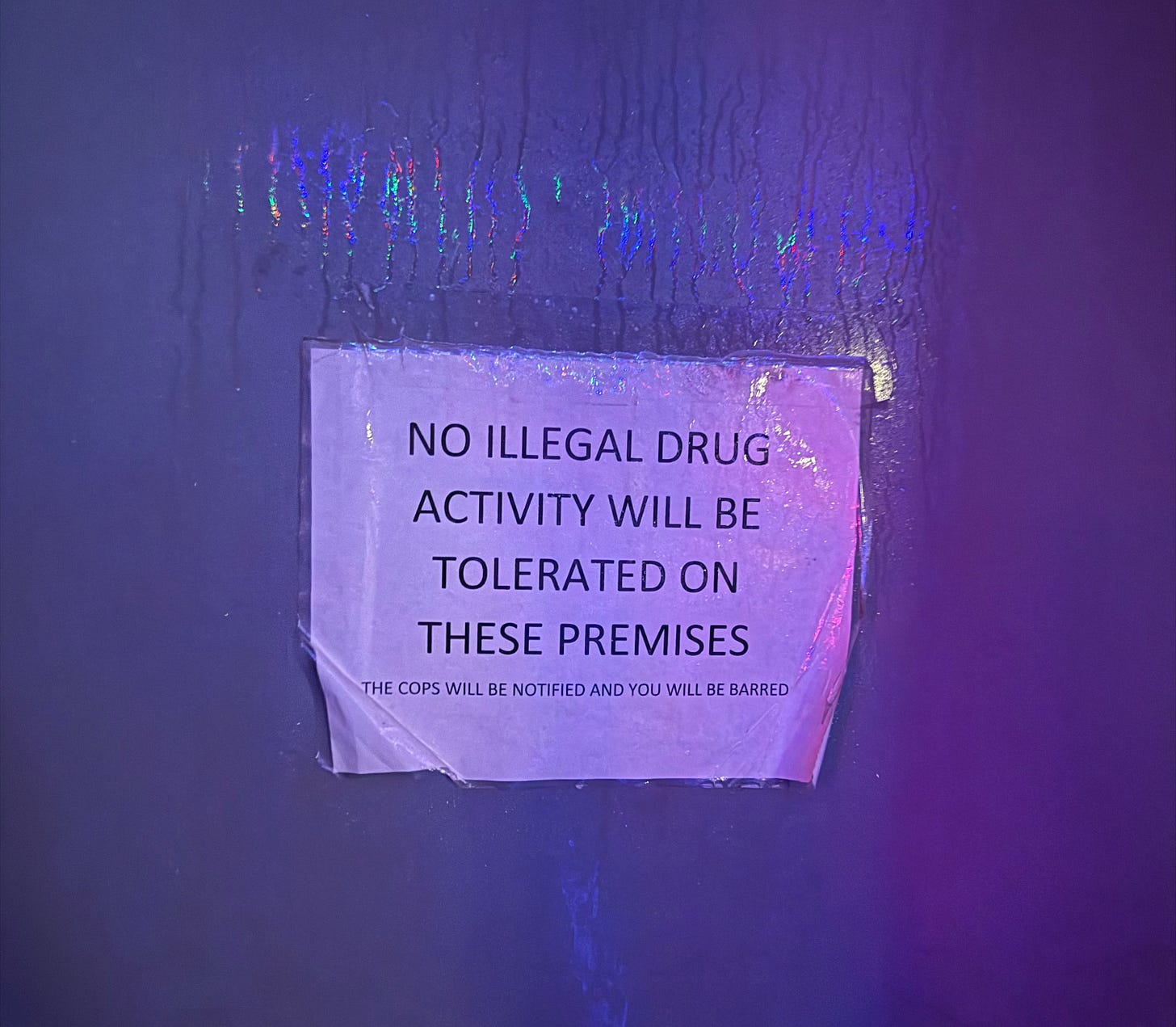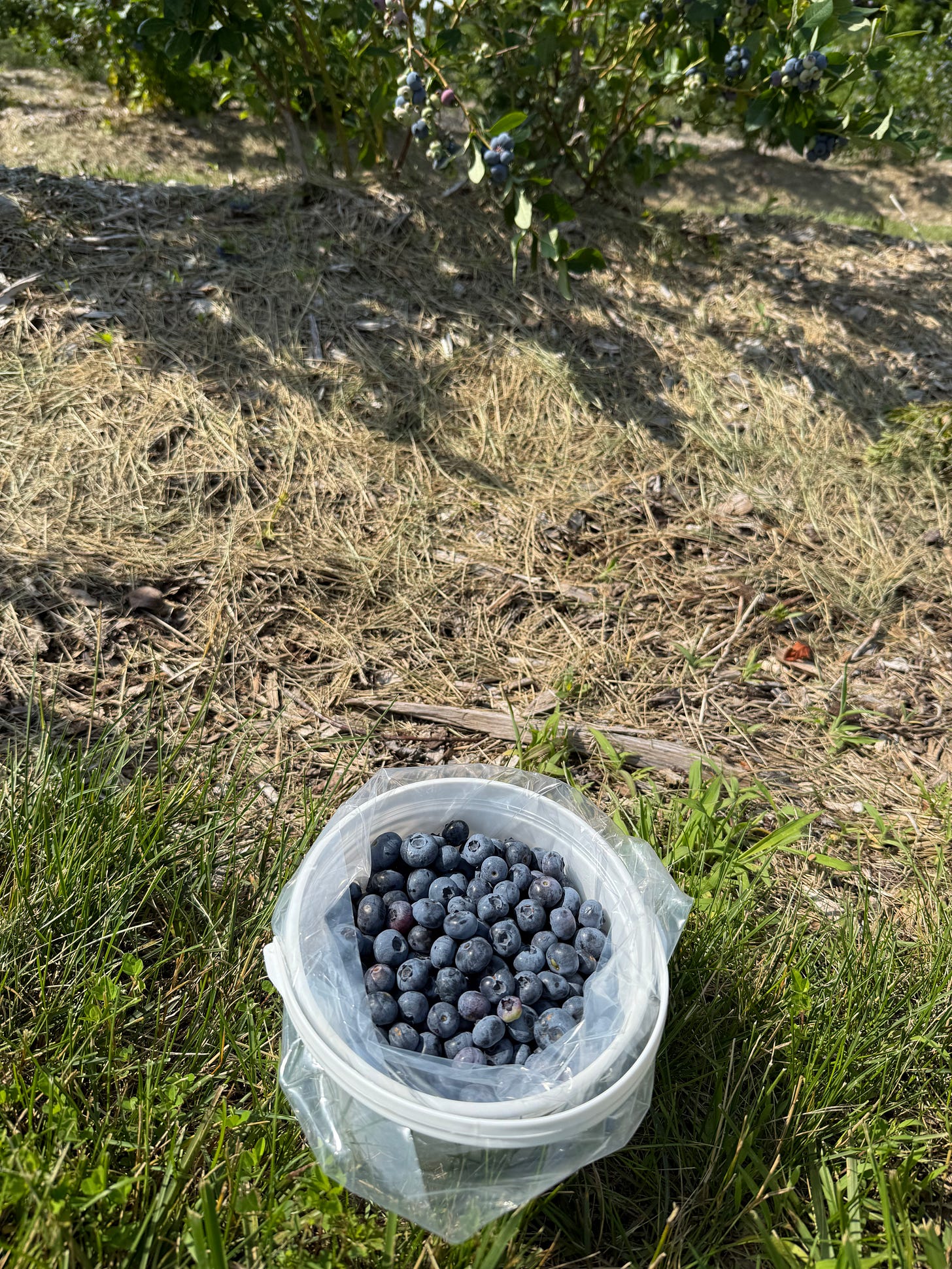Photographs & Trust; Vivid, Fragile; Without Subjects
Photography Dispatch
Greetings, Travelers!
Let’s start with a bit of housekeeping. The audiobook of Maguire & Westbrook, Getting Through Security: Counterterrorism, Bureaucracy, and a Sense of the Modern (Routledge 2020) is still free!
My next book, Social Thought from the Ruins: Quixote's Dinner Party can be ordered this July, will ship in August. I have been in copy editing hell, and am lining up blurbs from the great and the good, and reviews — please let me know if you want to review the book. If you think you might be find the book interesting, please order it. Advance orders mean a lot.
As always, please share Intermittent Signal with whomever you think might be interested in my topic(s) of the week. Remember, almost nobody likes everything on the menu! To my paying subscribers, a thousand thanks.
On this outing I want to talk about photography, a bit of theory. The images here, however, are rather occasional — just things I’ve seen recently — and don’t have much to do with the text. If there is a theme, it’s Americana, insofar as that is a theme.
I think this Signal is among the most accessible, yet difficult, ones I’ve sent. I hope you enjoy it.
The New York Times has published Maximilien van Aertryck & Axel Danielson, Death of a Fantastic Machine (June 10, 2025). It’s a wonderful video essay on the history of photography, and more specifically, on the loss of public trust in photography. The story is familiar: in the beginning, photography was understood to be a witness, a record of facts. This story was quickly understood to be an oversimplification. Perspective matters; what is not shown matters; staging matters. For a long time, however, right up the present, photography retained an aura of facticity.
But that aura dimmed, under the weight of too much media, mass media as entertainment (even horrors), and the recent democratization of photography via phones. Inundated in images, we cannot know what to look at . . . and the longing to be looked at, the ancient desire for attention, reaches hitherto unknown heights. I found some of the footage of models hanging by one hand off the side of buildings intensely disturbing. I’m not numb yet. But maybe that has something to do with climbing, years ago, and fears of falling — or, as the saying goes, jumping — with me to this day.
But for me and I presume you, what might have once seemed incontrovertible (Gaza, Los Angeles, a giant shark underneath a surfboard, what have you) seems very much open to interpretation. Aertryck and Danielson skip over the shift from film to digits, and the possiblities, increasingly expectations, of post-capture manipulation. No doubt that is in the directors’ cut. Instead, they cut to the present and brilliantly argue that whatever trust we might have still had in images, just a few years ago, has been destroyed by AI. A devastating tutorial: Indians are very emotional, so prompt very skinny . . . and a horror, a starving man covered in insects, emerges from, recedes into, our nightmares. So the the “fantastic machine,” which produced a visual record of facts, has died.
Well this is rather bad news for those of us who play around with cameras!
Aertryck and Danielson have worked with a host of other contributors to produce something really good, and I think the story they tell is roughly speaking right. As much as I admire the work, however, I think the story they tell means something somewhat different than the auteurs imply by “death,” the end. Or, more precisely, I think we are at the end of a set of understandings, which will perforce be replaced by another.
Most tools are reasonably specific. Without going into a variety of Aristotelian understandings of causality (which I can never keep straight), most tools are fairly straightforward. A hammer drives nails, for example. Now one can drive nails for various purposes, build a house or a gallows, but we understand the hammer’s function without much difficulty.
For a long time, people more or less naively understood the camera to have almost as straightforward a function: cameras used a mechanical process to make a visual record of facts. While photography could be used for entertaintment, to make points, or for other purposes, for most of its history photography was seen as a somewhat objective process, light upon chemicals, and the results were in some fundamental way factual, not subjective. That is what is pretty much gone.
The analogy, I think, is to writing, even though there are many differences between images and words that need not concern us here. We do not assume that a text objectively mirrors something in the world, indeed it can’t, really. Even “dog” is nothing like the animal at my feet. In reading, we have to consider how to read, how we think the text is operating, representing what. Oftentimes, we have to be told by the writer. Similarly, we now have to think about how to look.
Once upon a time I read a great deal from the mid-century literary critic Lionel Trilling. His special gift was establishing his reader’s trust. When Trilling pronounced upon some great author, a sophisticated yet trusting reader tended to believe at least that Trilling really thought that, and had good reasons for thinking that. The same reader, at least I, tried to figure out why he thought that, long before I decided if I (and I knew I was a worse reader) agreed.
Something similar is now incumbent on the photographer. I can show you three moose, or a man high up on a ladder, but I can only ask you to treat such things as real, as comments on the last few weeks or America or whatever, and worthy of further thought along those lines, if you trust me. Or I could offer images as fantasy, or as political argument, or as advertising, or as other things, each of which would suggest that you, the viewer, should understand the image in a different way. Looking is no longer naive. What we are witnessing, then, is not the death of a fantastic machine, but the loss of its last shred of innocence.
What is left after the loss of innocence? Trust. Weirdly, then, the death of photography (the metatasis of imagery, even AI slop) requires the viewer to rely on human understanding in order to know how to see.
Vivid, Fragile, Global, 2008-2020: a photo essay
Pictures Without Subjects: a photo essay
Social Thought From the Ruins: Quixote’s Dinner Party is framed as a kind of memoir of the years between the Global Financial Crisis and the COVID-19 pandemic. I also treated this period photographically, which raised . . . well, you’ll see.
“Vivid, Fragile, Global” vis-à-vis “Pictures Without Subjects”
The years between the onset of the Global Financial Crisis and the COVID-19 Pandemic (2008-2020) constituted a particular era of globalization. Those days, evidently, have passed. The time that was, however, afforded, almost demanded, a certain kind of consciousness, of subjectivity, more than a mood. Such psychic demands were made upon me, and I believe of others of my class. “Vivid, Fragile, Global: 2008-2020” and “Pictures Without Subjects” explore different aspects of that subjectivity, and can be understood in dialogue with one another.
To reset the stage: the optimism (sometimes triumphalism) of ’89 and the years shortly thereafter was gone. For a long moment after the fall of the Berlin Wall, the integration of China and the end of the Cold War, one might be forgiven for having believed that the world simply must, in some Darwinian sense, become “modern” in ways we approved. That optimism was shaken by 9/11 and related incidents, and then by the Global Financial Crisis (both of which helped me professionally).
Yet, and still, there was so much opportunity. So much travel. So much color. “Vivid.” So much money. So much, for want of a better word, freedom to realize some ideal of oneself, a profoundly capitalist sentiment. These were “years of wealth, movement and an inchoate sense of vulnerability, of dangers unforeseen until articulated by the event. Everything was connected, everything was at risk.” Some risks were big, obvious external threats. Terrorism, horrible politics, economic collapse environmental collapse – the world could change on you, and then where would you be? But as suggested by “global” (i.e., everywhere, not situated, abstract), the individual was lost long before any such dramatic disaster made fashionable dining impossible. The problem of situation, and so the orientation of the self, was integral to the times. Business class is virtually identical from one place to the next; one’s location is relatively unimportant. No doubt it was the scale, or the speed, or the sheer plethora afforded to some people at this moment of history that made so many beauties seem insignificant, perhaps to be traded for the next location, experience, person? It is difficult not to think of divorce, the exchange of one for another. One is, one must rationally fear, relatively unimportant. In what friend Schlegel calls an impatient capitalism, everyone waits for the next (“innovation” as invocation), a better model to appear. Redundant, disposable, should circumstances even suggest, much less dictate. Thank you for your platinum status. Can I get you another glass of champagne with your alienation?
Photography itself – the infinite reproducibility of images – is part of the problem, as Benjamin began to think some generations ago. He thought the reproduction of images would affect the quality of experience occasioned by the encounter with individual works of art, meaning painting. More to say, but not here, because a much broader problem has emerged, which affects us all: photography, and then more digital imagery, has affected the quality of space itself, and hence our orientation, and hence our sense of our own selves, who are fated to exist in physical spaces, metaverses notwithstanding. This morning, waiting on news from Ukraine, it is worth considering how old fashion television collapses, trivializes, and re-distances, to say nothing of “social” digital media.
The sea of images in which we swim perversely calls forth still more images, advertisements for ourselves, somewhat pathetic efforts to establish one’s location in time and space, at least virtual time and space. Such efforts are not always complete failures. Photography can, just sometimes, help to resituate the individual, in a set of spaces at some time, even if only airworld during a short period of history, with its beauties and its loneliness and its anxiety. We may (perhaps risibly) insist on this time, place, moment, human, and even state of mind. Or so I, using a smartphone, have attempted in “Vivid, Fragile, Global: 2008-2020.” I am guilty, pathos embraced, martini in hand, guns locked away. Kidding.
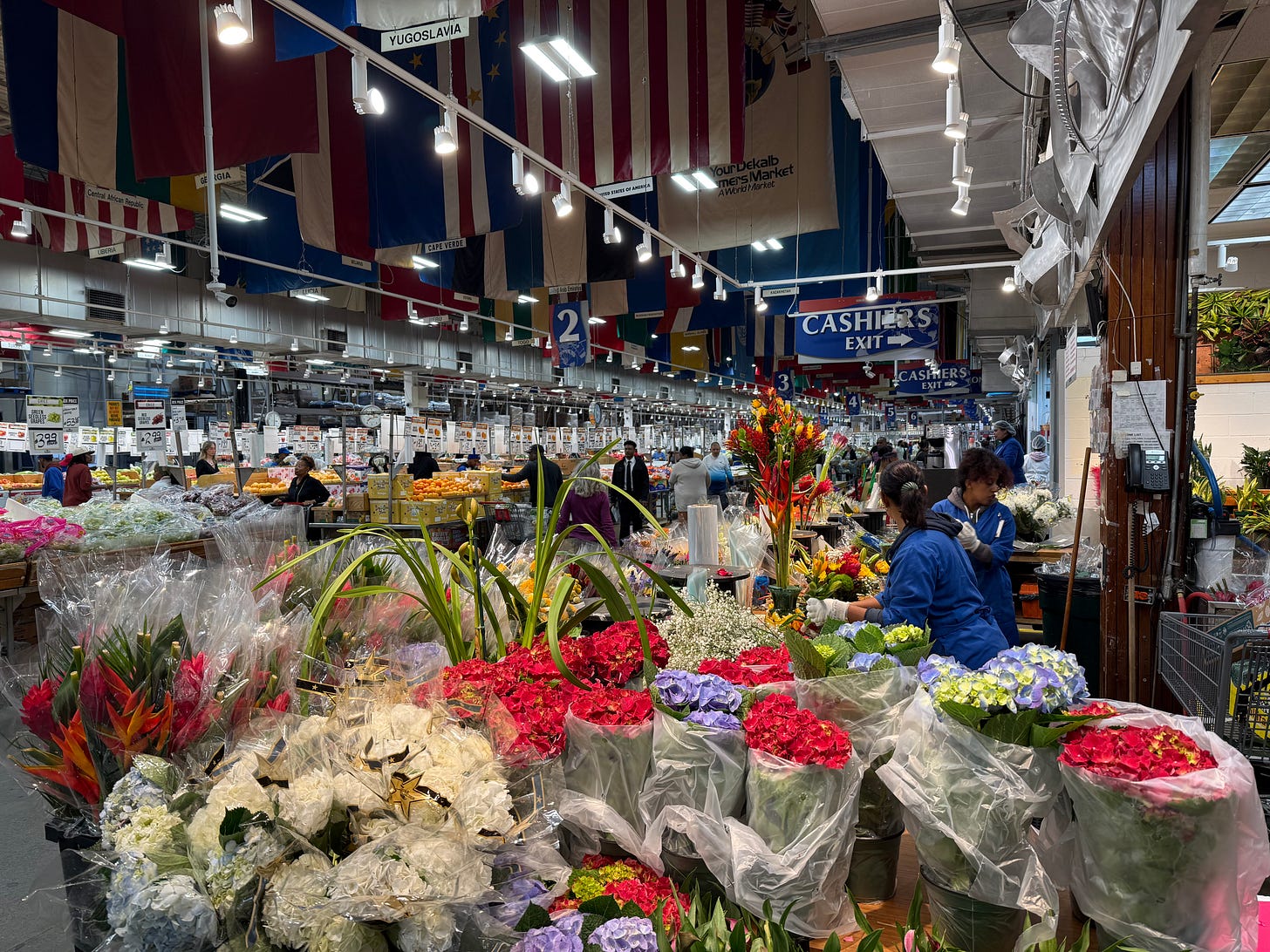
Strangely, maybe, one of the ways to help reestablish particularity, and so the subject, is to remove the subject from the frame, and thereby encourage the viewer (including the photographer, naturally) to focus on the world, and indeed, to wonder about the absent subject. (Herein, the kernel of a critique of therapy, and much of our culture.) In “Pictures Without Subjects,” I explore the possibility of reestablishing the self, and perhaps the power of representing the world (once the honor of photography), by making images that ask the viewer to think through looking, rather than merely recognizing and moving on.
For a long time, the materials that ultimately became these two photo essays wanted to be a single work, probably because they expressed efforts of a single mind, mine, to respond to the privileged, precarious, and strangely surreal context through which I had just lived. After much mucking about with at best middling results, the meanings latent in these pictures sorted themselves into two dominant sets of concerns. First, what gave this moment of globalization, that we have just left, its specific character? What can we say about the era? And second, how can we rediscover the world and so ourselves, under those and perhaps our current, somewhat different, circumstances? After a while, these concerns seemed too distant from one another to be contained within a single vessel, a strawberry soufflé and a tuna steak, though they might make a nice meal. As crucially, the first set of concerns were expressed by vivid images, with saturated colors and sharp edges, often bright sunlight and blue skies. The second set of concerns spoke in grays and browns, often wintry or rainy, and sometimes blurry images. The palettes were discordant, and not in a good way.
Therefore, I made two pieces, each with its own flavor.
Vaya con Dios, travelers.
— David A. Westbrook


